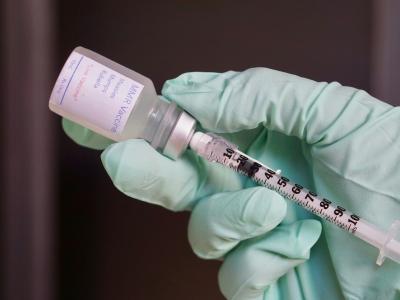
An analysis of data from a large US healthcare system reveals some of the geographic variation in patients with Candida auris infections, researchers reported yesterday in Antimicrobial Stewardship & Healthcare Epidemiology.
For the study, researchers with HCA Healthcare analyzed data on C auris patients treated at 37 of its acute-care facilities across 5 states from January 2021 through September 2022. They were specifically interested in patients in Nevada and Florida, the two states that have seen significant increases in cases of the multidrug-resistant fungal infection. Their aim was to describe patient factors associated with the organism and identify similarities and differences related to geographic location.
A total of 321 patients were included in the study, with 131 in the Western region and 190 in the Eastern region. Hospitals in Nevada treated 118 of the 131 patients in the Western Region, and hospitals in Florida were responsible for 183 of the 190 patients in the Eastern Region.
The average age of patients in the Western and Eastern regions was 60.1 and 64.4 years, respectively. The average Elixhauser Comorbidity Index score, which assesses the overall disease burden of a patient, was 16 and 16.4, respectively.
Patients characterized by 'significant underlying morbidity'
Clinical outcomes were mostly similar between the two regions. Over one-third of patients required mechanical ventilation at some point during their admission, while greater than half of the total study population received a blood transfusion.
Approximately 25.2% of all patients received hemodialysis, while 24.3% received total parenteral nutrition during their hospital stay. More than 50% of patients in both regions required admission to the intensive care unit at some point during their stay.
However, the percentage of patients who died or entered hospice at discharge was significantly higher in the Eastern Region than in the Western Region (32.1% vs 19.1%).
"Patients identified with C. auris were characterized by significant underlying morbidity and disease burden," the authors concluded. "Further studies are warranted to identify infection prevention best practices to reduce transmission and reduce mortality through earlier identification and appropriate antifungal therapy."
.jpg)









